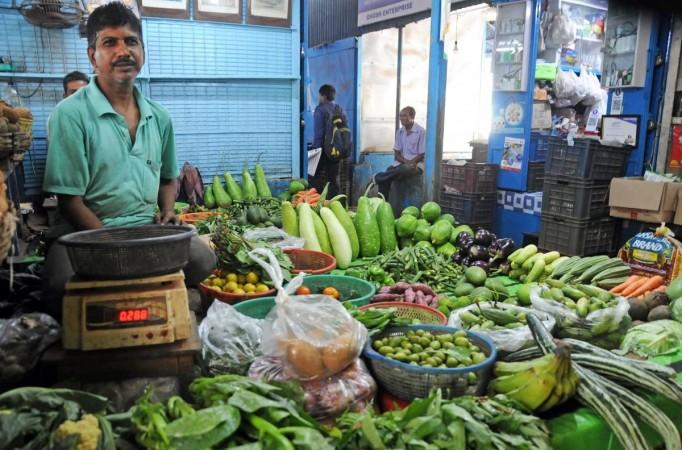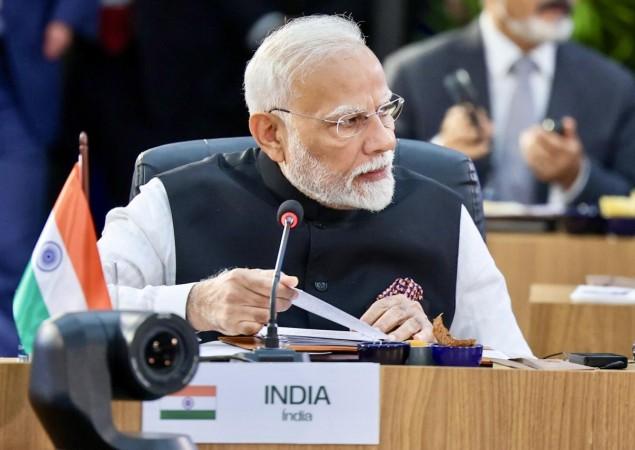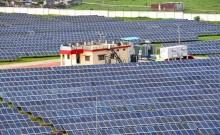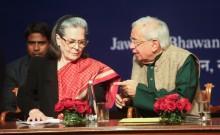
India's retail inflation during the last 11 years is averaging at around 5 percent—with a steady decline in recent months to touch an over 6-year low of 2.1 percent in June this year.
The Finance Ministry figures show that the average inflation under Prime Minister Narendra Modi's tenure stands at 5.1 percent, compared to 8.1 percent in the UPA regime.
During the UPA era, between January 2012 and April 2014, retail inflation was over 9 percent for 22 out of 28 months, as per the official data.
In the UPA's final three-year stint (2011–2014), India was saddled with an average retail inflation of 9.8 percent even at a time when global inflation was relatively stable, hovering between 4 and 5 percent, the official pointed out.

In stark contrast, the PM Modi government has kept retail inflation mostly under 5 per cent, never letting it exceed 8 per cent.
The decline in inflation eases the cost of living for people, leaving more money in their hands to spend on other goods. Apart from leading to a higher standard of living this increased demand for industrial goods leads to an acceleration in economic growth and creation of more jobs.
High rates of inflation hurt the poor people the most, as it tends to take even essential goods out of their reach.
The latest inflation figures for June show that there was a decline in the prices of food products during the month with the annual food inflation rate at -1.06 per cent. There was also a sharp fall of 205 basis points in food inflation in June, 2025 in comparison to May, 2025. The food inflation in June, 2025 is the lowest after January, 2019.
The significant decline in inflation during the month is mainly attributed to the decline in prices of vegetables, pulses, meat and spices.
Meanwhile, the RBI has also revised its inflation outlook for 2025-26 downwards from the earlier forecast of 4 per cent to 3.7 per cent, Reserve Bank Governor Sanjay Malhotra said recently.
CPI inflation for the financial year 2025-26 is now projected at 3.7 per cent, with Q1 at 2.9 per cent; Q2 at 3.4 per cent; Q3 at 3.9 per cent; and Q4 at 4.4 per cent.
He said that the near-term and medium-term outlook now gives the confidence of not only a durable alignment of headline inflation with the target of 4 per cent, but also the belief that during the year, it is likely to undershoot the target at the margin.
(With inputs from IANS)















